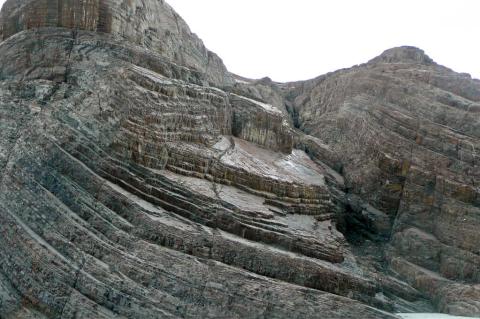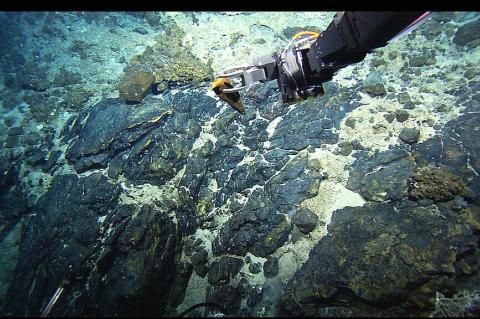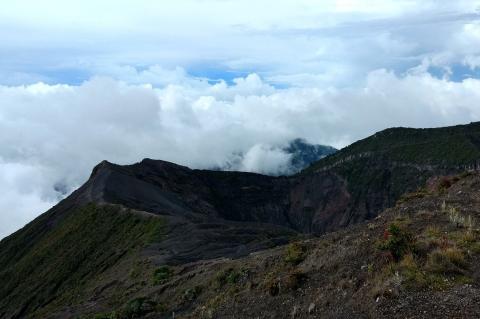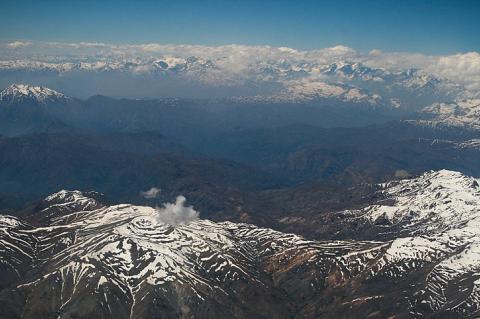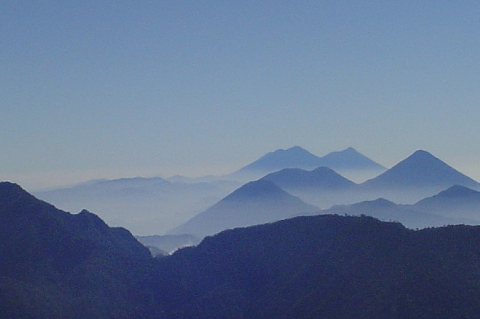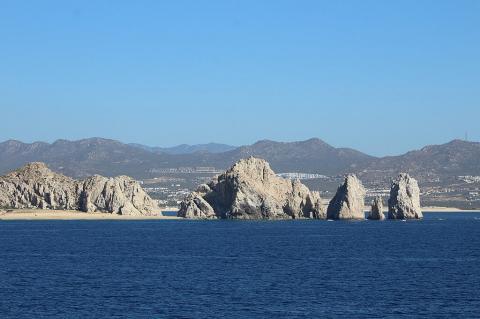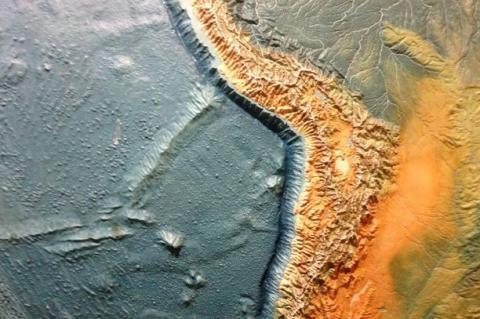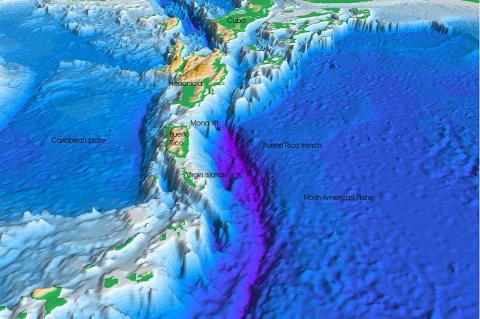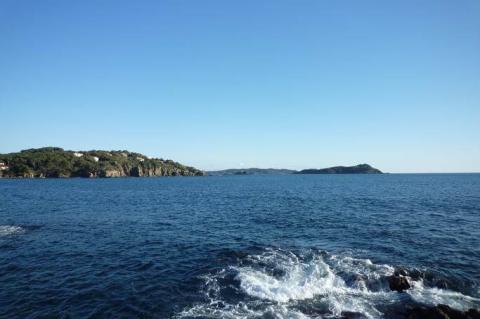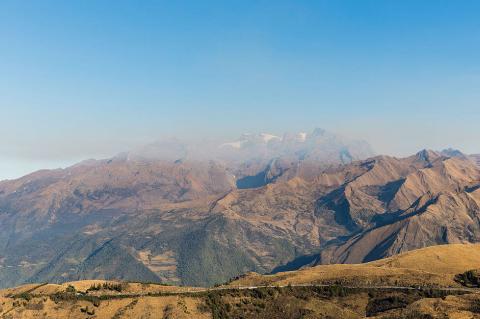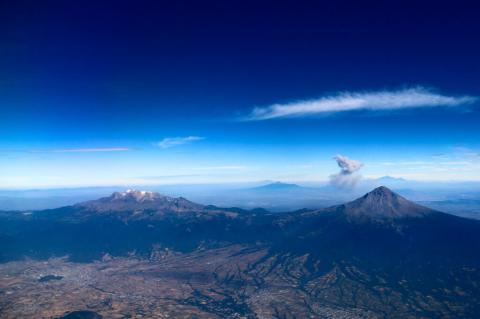Tectonic Integration: How Latin American Plates Interact
The tectonic plates underlying Latin America and the Caribbean operate as an integrated system where the motion and interaction of each plate influences geological processes throughout the region. Understanding these plates individually provides crucial insights, but recognizing their interconnected relationships reveals how plate tectonics creates the geological unity that defines Latin American geography, from the Andes Mountains to Caribbean volcanism.
